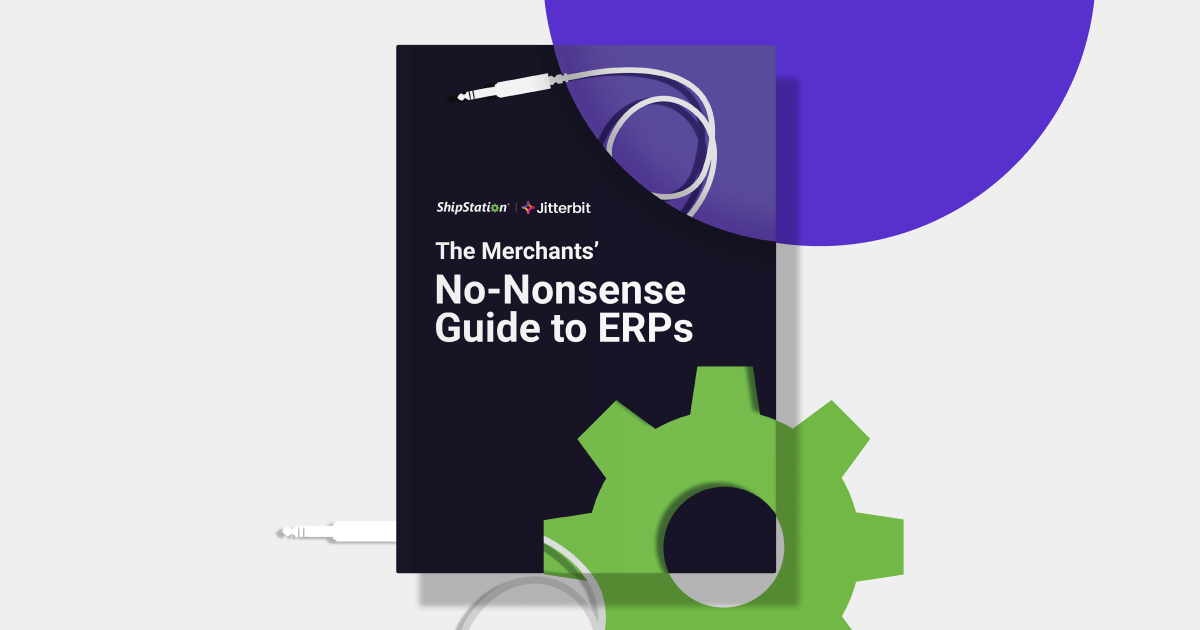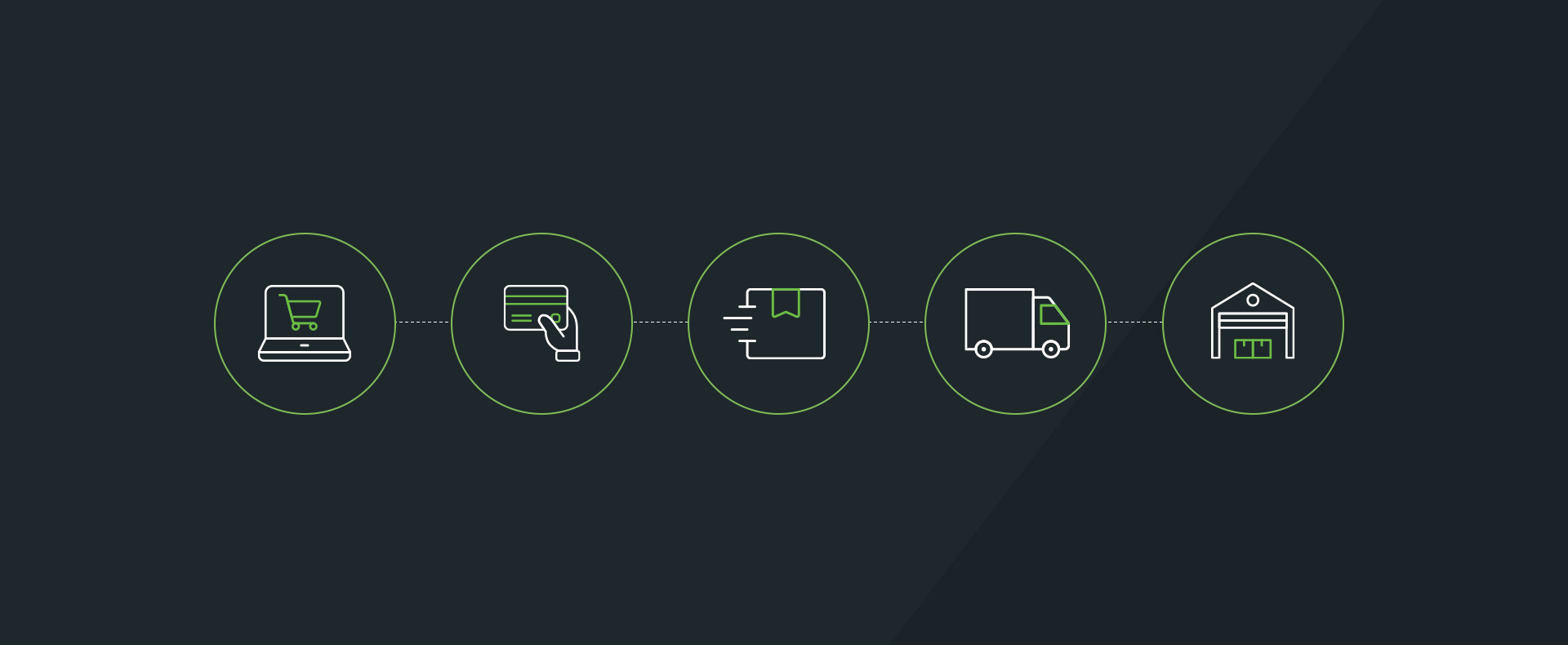How Electronic Data Interchange (EDI) Can Boost Your Business Efficiency
Fast-paced working environments demand businesses be adaptable in order to stay competitive and keep customers. A whole host of technology has come about to meet this demand. Improvements in on-premise system setups and cloud alternatives, marketing technology, and customer management systems all serve to meet customer demands in a competitive market.
Electronic Data Interchange (EDI) is one such area of technology that’s risen to prominence of late. It’s useful for communicating between departments and business partners.
What is Electronic Data Interchange (EDI)?
Electronic Data Interchange (EDI) is a method of sending business documents, information, and data between different endpoints—business partners, departments within a business, etc. with ease. It’s an automatic computer-to-computer process, so it requires little manual intervention.
EDI can be integrated into multiple communication channels to streamline communications.
Types of EDI
There are two major types of EDI. Which one you use will depend on how much capacity your IT department has and how much data you need to send between departments.
- Cloud EDI
Cloud EDI uses solely cloud-hosted systems to transfer data between users. The cloud system reduces the need for manual maintenance and running costs, as this is built into the cost of the system. This is particularly useful for small businesses that can’t afford the high costs of on-site hardware.
- On-site EDI
On-site EDI is more complicated than cloud-based. This type of EDI is usually built by the company using it, with all of the associated hardware, software, and staffing costs that this involves. This can give a competitive edge to businesses able to manufacture their own EDI, but it has significantly higher maintenance and initial costs.
How EDI Can Improve Your Business Efficiency
There are many key benefits to Electronic Data Interchange (EDI) for business processes. It can be used to streamline communications processes and create a clear flow of information between departments and partners.
Within Your Team
Within one team, EDI is useful for sharing important information quickly between individuals and to the whole team when required. You can replace partially or wholly your traditional communication methods to streamline communication.
This will increase efficiency of sending standard documents and allow your team to dedicate more attention to complex processes. Some examples of documents that’s sharing can be standardized and automated using EDI technology are:
- Invoices and acknowledgements
- Purchase orders and acknowledgements
- Shipping notices
- Stock levels and inventory queries
You can even integrate EDI into your existing technology if a comprehensive EDI system is not within your capacity. EDI can be used in combination with a virtual fax service to improve communication within your team, for instance.
Or, to use another example, consider your customer service team and marketing team working in tandem. The marketing team can send analytics reports through to the sales team to communicate quickly any customer issues that their marketing efforts have flagged. The service team can also relay customer satisfaction information that will be useful in future marketing.
By Avoiding Human Error
How many times have you sent a document to the wrong person? Or forgotten to send important manuals for a new process to your team? These human errors are incredibly common in business, but they cause delays while they’re fixed that could be avoided using an EDI setup.
Relevant documents can be shared automatically as all business computer systems are amalgamated with EDI tech. This can save every team across the company time and effort.
Consider this example. Ecommerce marketing automation is one area where EDI is coming in handy for businesses. Preconfigured workflow setups can be used to communicate between marketing teams and avoid missed messages and delays in marketing products.
Via Reduced Costs
As with any integration that saves on time and prevents delays, EDI can reduce operational costs for businesses. Here are a few ways that EDI can help to reduce costs:
- Data accuracy: This reduces the need to manually go over data for mistakes and avoids delay due to data error
- Speed and efficiency: EDI sends and receives data automatically and with streamlined delivery processes
- Hardware: Cloud-based EDI reduces the need for expensive hardware and constant system maintenance by the IT team
- Customer satisfaction: Quick communication can create a faster sales experience for customers, potentially leading to repeat purchases and higher total revenue
Let’s consider an ecommerce business as an example. This business is integrating EDI as a way of sending information between its sales and marketing teams. What ways might EDI benefit this business?
The marketing team will have easier access to information that can help them to target their campaigns. This should increase their effectiveness and lead to more sales.
This business may also benefit from reduced hardware costs as ecommerce businesses tend to lack the brick-and-mortar storage capacity of hybrid businesses.
If this business runs a try-before-you-buy program for your customers, then it’s inevitable that you will see some returned products. Processing these returns can be labor-intensive without an integrated communication system to help you.
By Connecting You With Third-Party Retailers
If you’ve recently expanded, you might sell your products via third-party companies. This is a great way to reach a wider audience and sell more units. But it can have its drawbacks, if you’re not clear from the start about your strategy.
You can use EDI integration to share your strategies and your sales projections, as well as documents crucial to day-to-day operations with third-party partners. By doing this, you can communicate your expectations and plans up front and avoid delays caused by a lack of cohesion or miscommunication.
For example, EDI can help you to improve online checkout experiences across your online vendors. You can share your plans for the online checkout process for your customers with third-party retailers. This may include information you want them to have before purchase or regarding their return rights.
This can then be used to streamline checkout experiences across all sales platforms of this business.
By Connecting You With Suppliers
EDI can avoid supply chain issues that result from miscommunication. By keeping the supply chain open and moving, you can avoid delays in manufacturing that impact on customers’ orders.
Customer retention rates – Data source
This will help to keep delivery and waiting times short and uphold the brand’s image. This is key for maintaining customer loyalty and attracting new customers through reviews and word of mouth.
To Boost Sales
When used in tandem with order fulfillment software and inventory management systems, EDI can help you to manage your sales team and ship orders more efficiently.
For efficient sales and order fulfillment, your product teams need to share a lot of information. This can include sales data, stock levels, marketing efforts, and shipping rates. To get products shipped quickly and maintain your stock levels, your teams will need to be able to share this information at a moment’s notice with lots of different departments.
This is also a great integration to help keep customer data safe. Shipping and long-term customer relationships for marketing purposes often mean that companies have to hold customer data. This quick access to data is key to a smooth customer experience.
Through Data Enrichment
Data enrichment through EDI means that your databases will be constantly updated as information is sent automatically. This means that your data sets are always up-to-date and reflective of your business in real time.
With better data comes accuracy. Accuracy in data and interdepartmental information will help you to avoid wasting time on correcting errors.
This also has fantastic applications in sales and customer service.
For example, EDI allows for multichannel inventory sync so that all of your inventory data across your sales channels is in one place.
Having this information easily available can help your inventory team to identify which stock needs replenishing in real time. This can improve customer service by avoiding shipping delays and the need for product substitution.
A Note on Data Protection
Every company stores data. Some companies store private data on product development and millions of staff and customer profiles. These profiles may contain sensitive identifying information like name, addresses, date of birth, and contact information.
For a business to maintain its reputation, it needs to keep this data secure and avoid data loss and leaks.
EDI uses a standardized, secure connection across its entire system that is unique to each EDI setup. It has enhanced security over some other communication methods because it’s only used on a necessary basis by the organization that owns it, as opposed to external communication like email.
Next Steps
You’ve learned how to improve your business efficiency using Electronic Data Interchange (EDI). This improved efficiency will help to save you time and money, and to deliver a better service to your customers.
For your next steps, look into how to enhance the customer experience with your brand. You might also want to explore marketing techniques that will enable you to apply this newfound efficiency to new customer service methods and targeting.
Bio:
Nick Shaw – Brightpearl
Nick Shaw has been Chief Revenue Officer (CRO) of Brightpearl, the number one retail-focused digital operations platform which encompasses sales and inventory management, accounting, logistics, CRM and more, since July 2019 and is responsible for EMEA Sales, Global Marketing and Alliances. Before joining Brightpearl, Nick was GM and Vice President of the EMEA Consumer business at Symantec and was responsible for a $500m revenue business.Nick has written for sites such as Hubspot and G2. Here is Nick Shaw’s LinkedIn.





